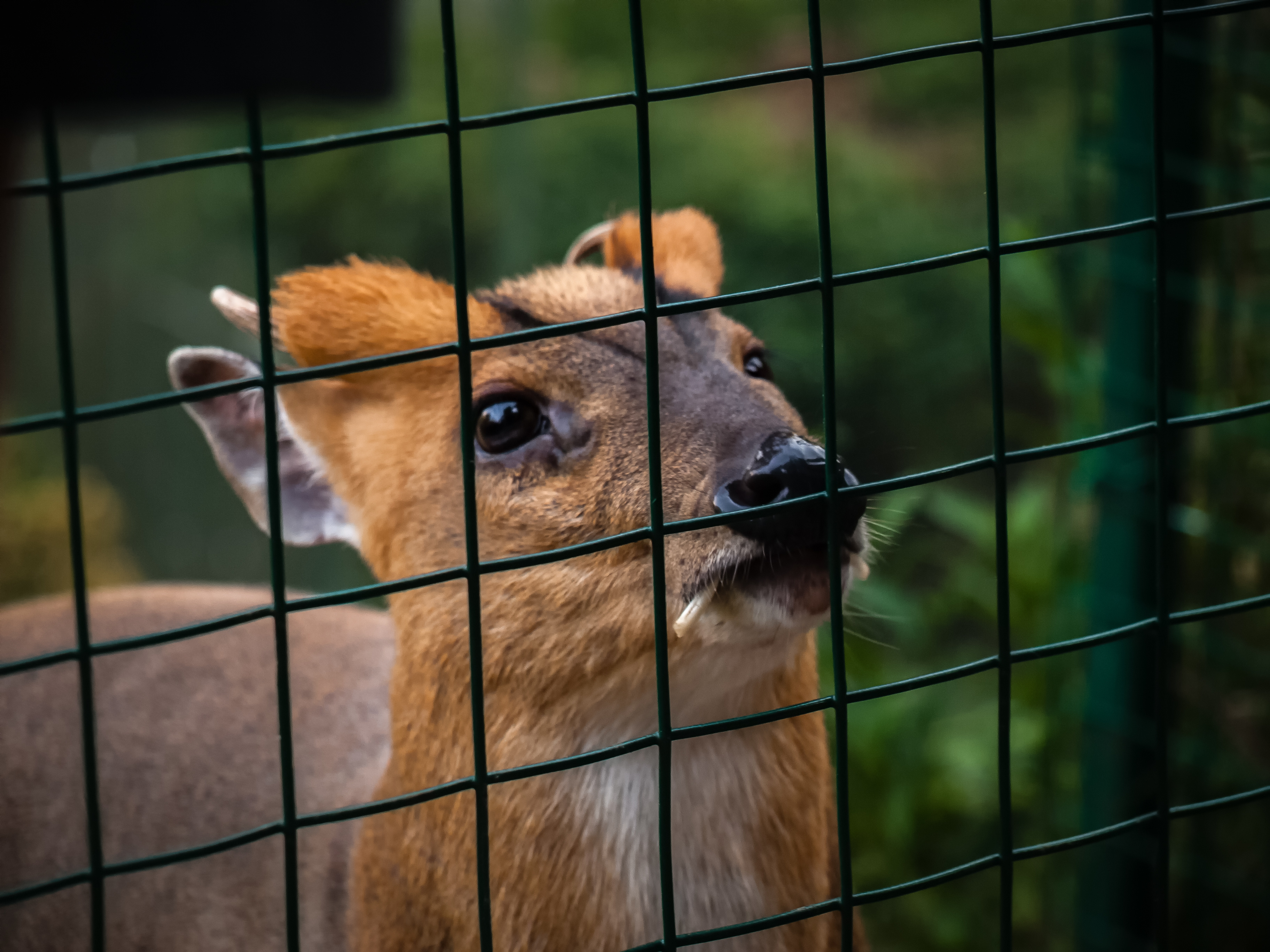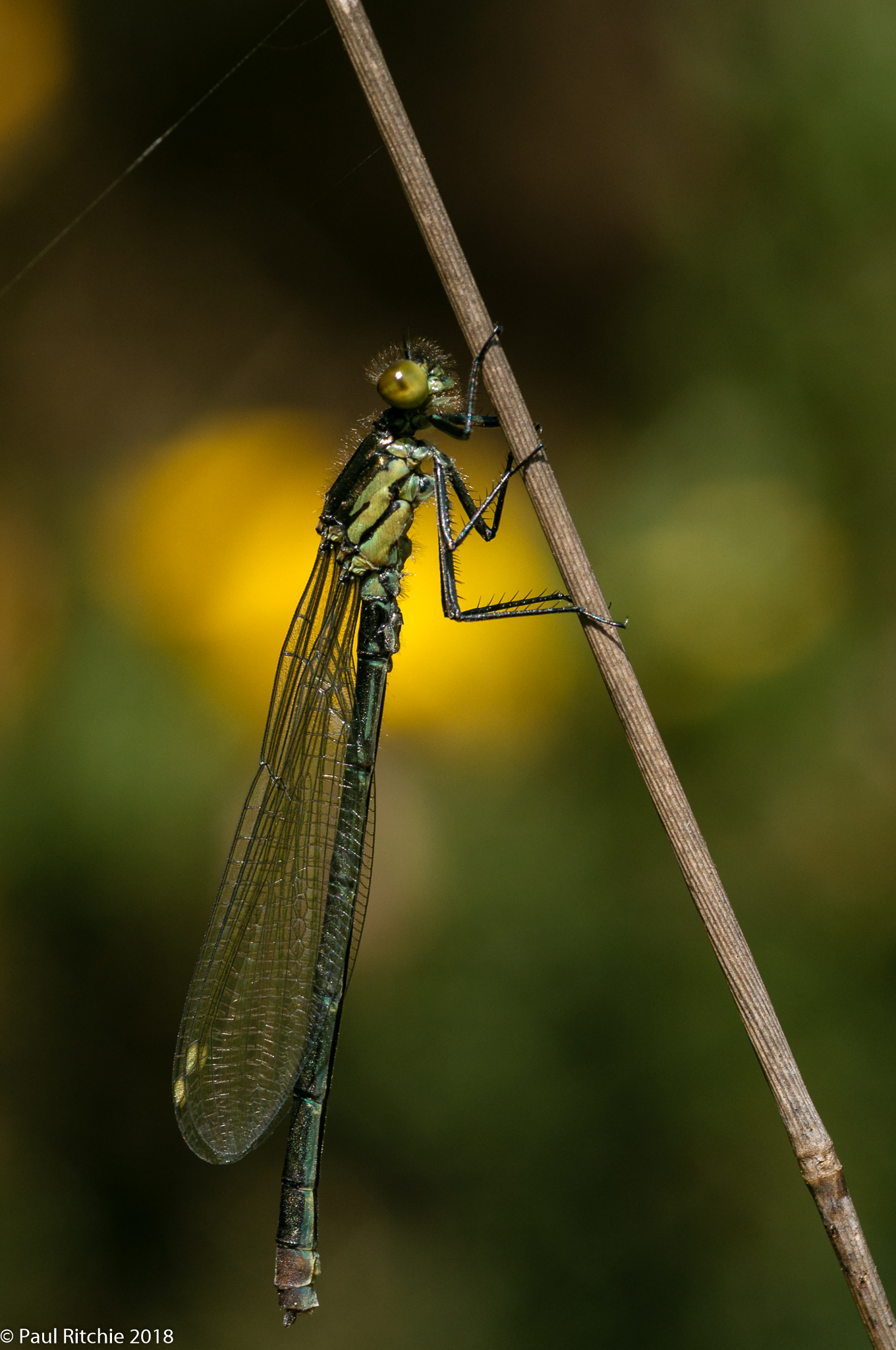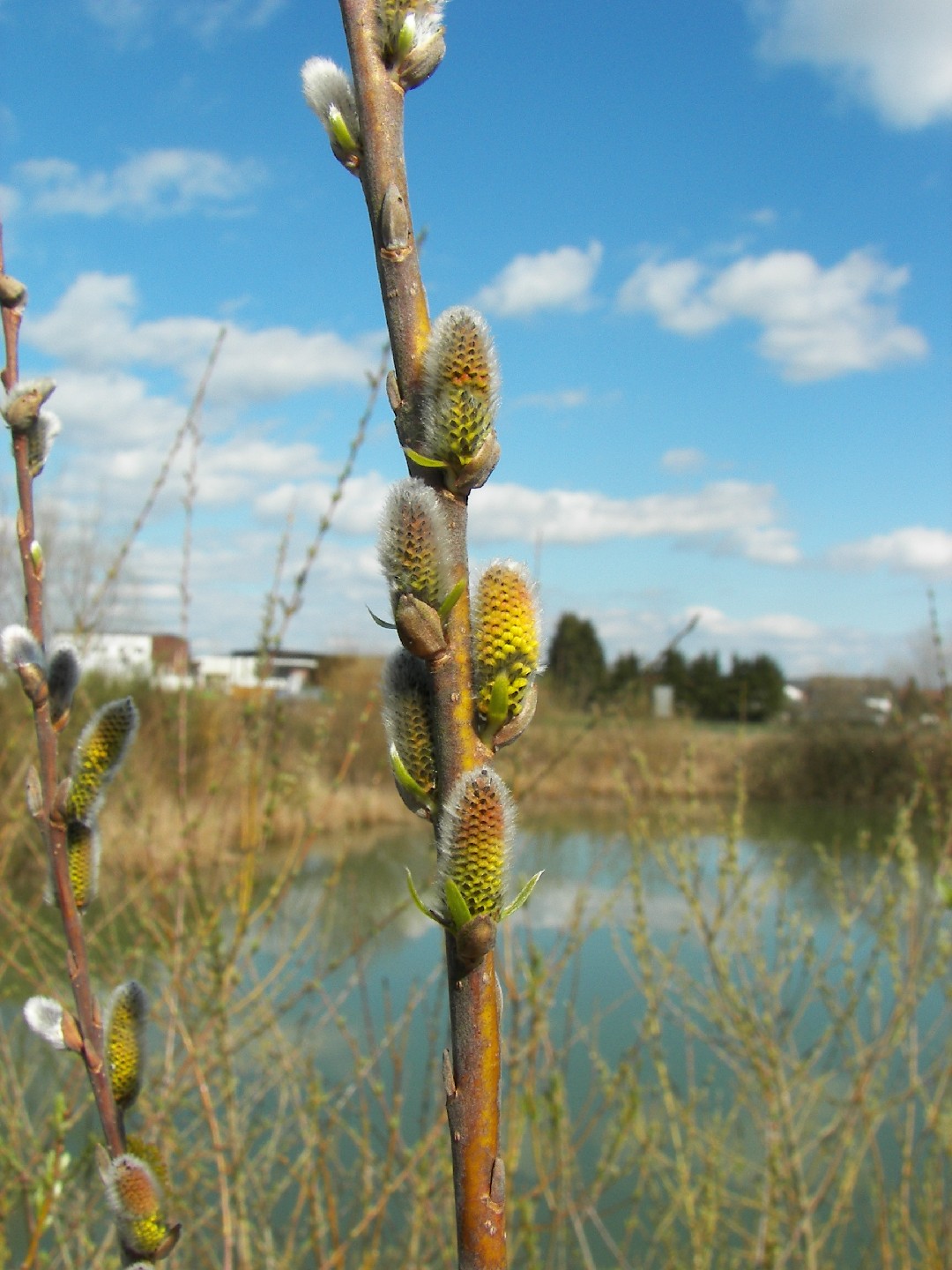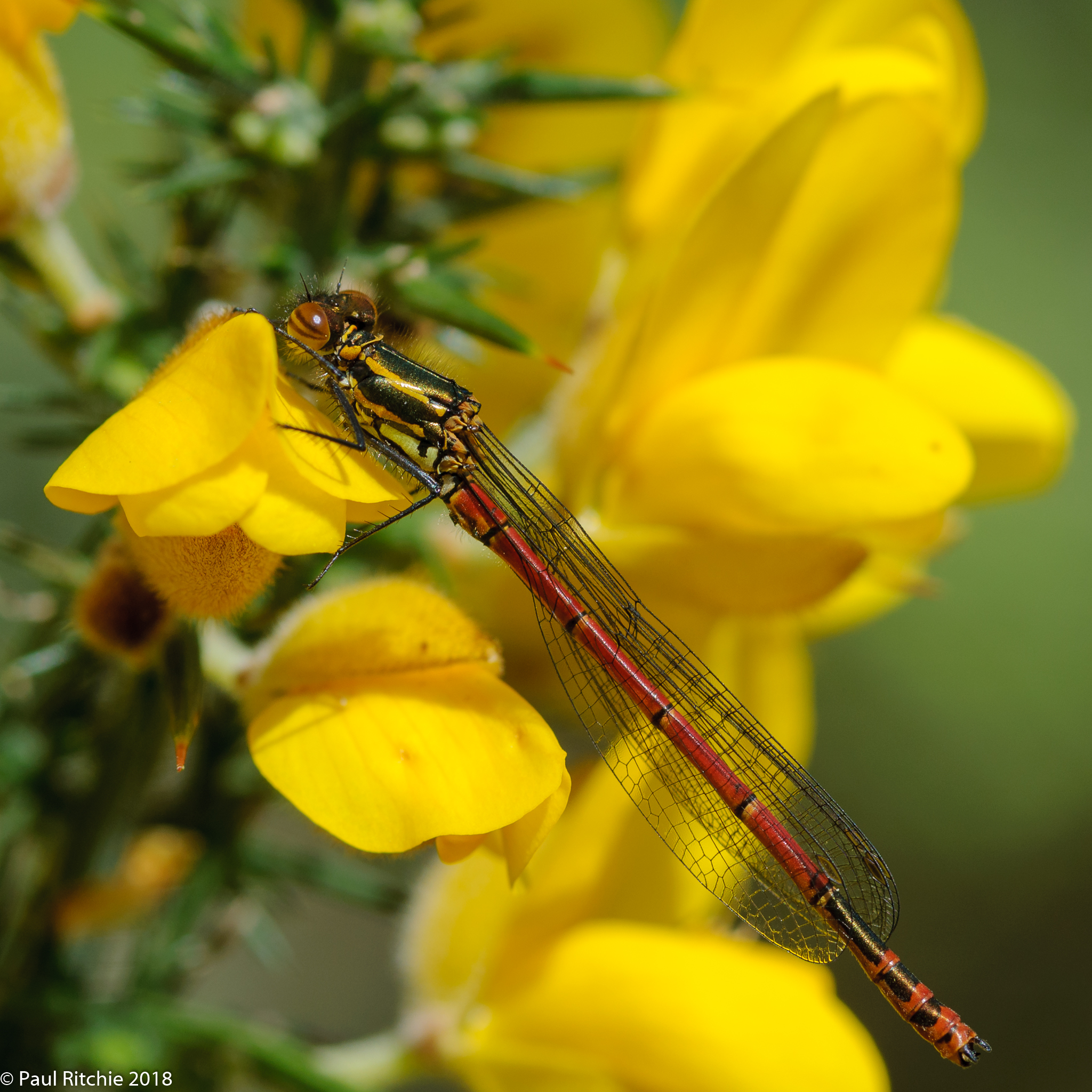Reasons to Keep a Bird Bath from Freezing

During the cold winter months, it is crucial to provide water for birds to ensure their survival and well-being. While many focus on providing food, water is equally important. A frozen bird bath can deny birds access to the water they need, negatively impacting their health. In this article, we will explore the importance of keeping a bird bath from freezing and discuss steps to ensure birds have access to water throughout winter.
Importance of Providing Water for Birds

Birds rely on water for drinking, maintaining feather condition, and hygiene. In winter, when natural water sources may be frozen or scarce, a thawed bird bath becomes a lifeline for these creatures. By providing water, you support their basic needs and contribute to their overall health and survival.
Health Benefits for Birds
![]()
Bathing is essential for birds to remove dirt, parasites, and excess oils from their feathers. Clean feathers are crucial for insulation and flight, especially in harsh winter conditions. When a bird bath freezes over, it hampers their ability to maintain proper feather condition and hygiene, negatively affecting their well-being.
Support for Local Bird Population
Offering a thawed bird bath during winter attracts and supports a diverse range of bird species in your area. Birds are more likely to visit and stay in an environment where their basic needs are met. By providing a reliable water source, you contribute to the well-being and survival of local bird populations, helping to maintain the delicate balance of ecosystems.
Attracting Birds for Observation and Enjoyment

A bird bath is not only functional but also a source of joy and wonder. It provides an opportunity to witness the beauty and behavior of various bird species up close. By keeping the bird bath from freezing, you ensure that birds continue to visit your yard, offering you the chance to observe and enjoy their presence throughout the winter months.
Environmental Awareness
![]()
Preventing bird baths from freezing is an act of environmental awareness. By actively supporting bird populations, we contribute to the overall conservation of wildlife and biodiversity. It is a small but significant step toward creating a more sustainable and harmonious environment for all living beings.
Choosing the Right Location for Your Bird Bath

When selecting a location for your bird bath, consider various factors to ensure the comfort and safety of birds and the bird bath itself.
Sunlight Exposure
Choose a location that receives abundant sunlight throughout the day. Sunlight not only attracts birds but also provides natural heat, preventing water from freezing. Avoid heavily shaded areas that hinder solar heating.
Wind Protection

Select a spot that offers protection from strong winds. Wind can accelerate the freezing process. Consider placing the bird bath near a wall, fence, or dense shrubs to create a barrier against gusts of wind.
Proximity to Water Source
Ensure the bird bath is conveniently located near a water source for easy refilling and prevention of freezing.
Ground Stability
Place your bird bath on a stable and level surface to prevent tipping or shifting. Uneven or sloping areas can lead to water spillage and freezing hazards. Ensure the ground is firm enough to support the weight of the bird bath.
Accessibility and Safety
Position the bird bath in a location easily accessible for birds and visible from your home. Consider providing perching spots near trees or shrubs. This allows you to enjoy watching the birds while ensuring their well-being.
Personal Preferences
Consider your personal preferences and aesthetic considerations when choosing the location for your bird bath. Select a spot that aligns with your outdoor design and landscaping, enhancing your enjoyment of the bird bath.
By carefully considering these factors, you can choose the right location for your bird bath, creating an inviting and safe space for birds to drink, bathe, and thrive while ensuring the longevity and functionality of the bird bath itself.
Resources
![]()

- National Audubon Society: Bird Bath Basics
- The Spruce: How to Choose the Right Bird Bath
- Bird Watching HQ: How to Choose the Best Location for a Bird Bath
Preparing Your Bird Bath for Winter
![]()
To ensure that your feathered friends have access to water even during freezing temperatures, it’s crucial to take the necessary steps in preparing your bird bath for winter. Follow these guidelines for a successful winterization process:
Thorough Cleaning
Start by giving your bird bath a thorough cleaning. Remove any debris, leaves, or algae that may have accumulated. Use a scrub brush or sponge with mild soap to clean the surface, and rinse it well with clean water. This fresh start will set the stage for the winter season.
Choosing an Ideal Location
Consider the location of your bird bath carefully. Opt for a spot that receives ample sunlight throughout the day. Sunlight helps prevent freezing by keeping the water warmer during daylight hours. Strategic placement can make a significant difference in maintaining an ice-free bird bath.
Insulating with Straw or Hay
Provide insulation and prevent heat loss by placing a layer of straw or hay at the bottom of the bird bath. This natural insulator acts as a barrier between the cold air and the water, helping to retain warmth. Avoid using materials like sawdust or wood shavings, as they tend to become soggy and freeze.
Installing a Bird Bath Heater or De-icer
Invest in a bird bath heater or de-icer to keep the water from freezing. These devices are designed to maintain a consistent temperature and prevent ice formation. Choose from electric heaters or solar-powered options and follow the manufacturer’s instructions for installation and usage.
Using a Floating De-icer

If a bird bath heater is not available, a floating de-icer can be an alternative. These devices are placed in the water and utilize a built-in thermostat to turn on and off as needed, preventing freezing. Select a de-icer suitable for the size of your bird bath.
Consider a Heated Birdbath
Another option to explore is a heated birdbath. These specially designed bird baths come with built-in heating elements and are made of insulated materials. They provide a consistent source of warmth, ensuring that the water remains ice-free even during frigid temperatures.
By following these steps, you can effectively prepare your bird bath for winter and provide a vital water source for birds throughout the season.
Tips for Preventing Freezing

To further enhance your bird bath’s winter care, consider the following tips:
Positioning the Bird Bath
- Place the bird bath in a sunny location: Sunlight provides warmth and prevents freezing, so choose a sunny area for your bird bath.
- Shelter it from strong winds: Position the bird bath in a location that offers protection from gusty winds. Placing it near a wall, fence, or shrubs can create a windbreak.
Adding a Heater
Invest in a bird bath heater designed to prevent freezing. Options include electric heaters placed directly in the water or underneath the bird bath. These heaters generate heat, ensuring a constant water source for birds in cold temperatures.
Covering the Bird Bath
Covering your bird bath with insulating materials such as foam or rubber provides an additional layer of insulation, helping to prevent freezing. Ensure the cover fits securely and provides adequate protection.
Adding Some Plants
Surround your bird bath with evergreen shrubs or trees. These plants retain foliage year-round and act as a barrier against cold winds, creating a slightly warmer environment around the bird bath.
Adding Stones
Place stones in the bird bath to create a shallow area where birds can perch without fully submerging themselves. This allows them to drink without getting wet, reducing the chances of the water freezing. The stones also absorb and retain heat from the sun.
Adding Water and Maintaining the Level
Use warm water to fill the bird bath, minimizing the initial temperature drop. Monitor the water level regularly and replenish it as needed. Providing a fresh water source ensures birds have consistent access to water.
By implementing these tips, you can effectively keep your bird bath from freezing and provide a vital water source for birds throughout the winter months.
Continue reading for the conclusion and additional resources on bird bath maintenance and winter care in the next sections of this blog post.
Conclusion

In this article, we have explored the importance of keeping a bird bath from freezing during winter and discussed various methods and strategies to prevent freezing. By providing water for birds during the colder months, we can have a positive impact on bird populations, especially in extreme cold conditions. Bird-watching enthusiasts can also find joy in observing the avian visitors that frequent their bird baths. Choosing the right bird bath made of suitable materials such as ceramic or plastic is crucial. Opting for bird baths with heating elements or built-in insulation can provide added protection against freezing temperatures.
Throughout the article, we have highlighted the effectiveness of different methods to prevent freezing. Bird bath heaters or deicers offer safe and efficient solutions. Alternative approaches include using heated rocks or bricks, floating objects, or insulating covers. Readers can rest assured that there are multiple options available to suit their preferences and budget.
In conclusion, we urge readers to take action and implement the suggested solutions. The recommended methods are simple yet impactful, providing birds with the water they desperately need during winter. Let us remember the immediate need birds have for water and work together to ensure their well-being during the colder months.
Resources
When it comes to keeping your bird bath from freezing, there are several resources and options available to help you. Whether you prefer ready-made solutions or enjoy a bit of DIY, here are some resources to consider:
Insulating materials
- Foam insulation: Insulate the base and sides of your bird bath with foam insulation to retain heat.
- Bubble wrap: Apply bubble wrap to the inside of your bird bath to provide insulation and prevent freezing.
- Insulating blankets: Wrap your bird bath with specialized insulating blankets for protection against freezing temperatures.
Heated bird baths
- Ready-made heated bird baths: Purchase a ready-made heated bird bath with built-in heating mechanisms and temperature control features.
Floating heaters
- Electric floating heaters: Use electric floating heaters equipped with heating elements to keep the water warm.
- Solar-powered floating heaters: Opt for eco-friendly solar-powered floating heaters that use solar energy to generate heat.
Heated bases or stands
- Heated bases: Place heated bases or stands underneath your bird bath to radiate heat upward and prevent freezing.
- Electric heated stands: Connect electric heated stands to an electrical outlet for a constant source of heat.
- Solar-powered heated stands: Utilize solar-powered heated stands with built-in solar panels for heat energy.
DIY solutions
If you enjoy DIY projects, consider these ideas:
- Hand warmers: Place hand warmers around your bird bath to provide heat.
- Heating cables: Wrap heating cables designed for outdoor use around the base of your bird bath.
- Repurposed household items: Safely use items like incandescent light bulbs or heated rocks in your bird bath for added warmth.
Online retailers
When searching for the resources mentioned above, consider these online retailers:
Additionally, check out local birding stores in your area for a variety of bird bath resources and expert advice.
By utilizing these resources and options, you can ensure that your bird bath remains unfrozen during winter, providing a vital water source for birds and enhancing your enjoyment of avian visitors to your garden.
Frequently Asked Questions
Can I use salt or antifreeze to prevent my bird bath from freezing?
No, you should not use salt or antifreeze in your bird bath to prevent freezing. Both salt and antifreeze are toxic to birds and can be harmful if ingested. It’s best to avoid using any chemicals or substances that could potentially harm the birds.
How often should I refill the water in my bird bath during winter?
You should regularly monitor the water level in your bird bath and refill it as needed. Depending on the weather conditions, water can freeze or evaporate quickly. Check the bird bath daily and add fresh water to ensure birds have a consistent water source.
Will a bird bath heater increase my electricity bill significantly?
The electricity usage of a bird bath heater is typically minimal and should not significantly impact your electricity bill. Most bird bath heaters are designed to be energy-efficient and have low wattage. However, it’s advisable to check the specifications of the specific heater you choose to get a better understanding of its energy consumption.
Can I use a heated bird bath in temperatures below freezing?
Yes, heated bird baths are specifically designed to withstand freezing temperatures and keep the water from freezing. They have built-in heating elements that can maintain a constant temperature, preventing ice formation and providing birds with access to water even in extremely cold conditions.
Are there any safety precautions I should take when using a bird bath heater?
When using a bird bath heater, it’s essential to follow the manufacturer’s instructions for installation and usage. Ensure that the heater is securely placed and properly grounded. Keep the electrical cords away from water and make sure they are not damaged. Regularly check the heater for any signs of wear or malfunction. If you have any concerns about safety, consult a professional electrician.

Leave a Reply